With its exceptional design, excellent toxin removal capacities, and a multitude of choices, it is nothing unexpected that Reverse Osmosis is one of the most well-known at-home water treatment solutions in the United States of America.
What amount does a point-of-use RO system cost? What amount does a whole house reverse osmosis system cost? What is the cost for the installation of a reverse osmosis system? Also, how much are maintenance and working costs?
Track down the answers to these and different inquiries in this article as we proceed.
Factors That Affect Reverse Osmosis Systems’ Cost:
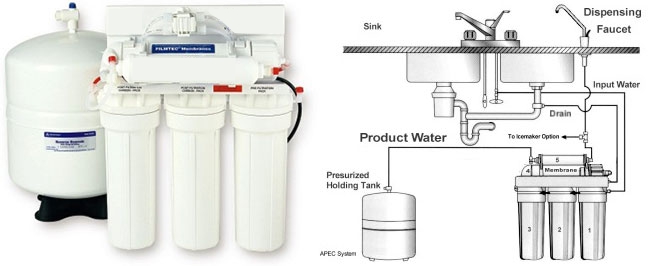
What amount does a reverse osmosis system cost? To answer to this question appropriately, we really want to consider these variables:
Size: Reverse Osmosis systems differ in cost contingent upon their size and intricacy.
For a couple of hundred dollars, you can get yourself an under the sink or a countertop unit that connects with a single faucet (generally the kitchen tap).
For as much as a few thousands of dollars, you can purchase a whole house system that filters all the water coming into your home.
Filtration Stages: Reverse osmosis systems cost more on the off chance that they have a large number of filtration stages.
In an average reverse osmosis system, water moves through 4 phases: a pre-residue filter, a carbon filter, a semi-porous layer and a post-filter.
This sort of system is equipped for removing over 99.9 per cent of TDS from water.
Be that as it may, some under-sink and the whole house reverse osmosis systems include over two times this sum – some of the time even up to 10 or 12 steps.
Having additional filtration stages implies that the water that is delivered will be super perfect and pure.
Extra-stage filters might be extra carbon block or GAC filters and antacid or mineral filters, which bring healthy minerals back into your filtered water.
Filtration process: Some systems include a more refined filtration process than others, in any event, utilizing UV light to kill waterborne microbes.
Your cleansing requirements, in this manner, likewise direct the amount you will need to pay.
NSF certificates: NSF certificates ensure that a specific thing decreases or eliminates at least one explicit pollutant.
There are various testaments for various types of toxins.
Generally significant for reverse osmosis filter systems are NSF standards 42, 53, 58, 401, and P473. They cover many features just as pollutants with health impacts – like lead.
Brand: Some brands are just more costly than others – the same old thing truly.
System Efficiency: The proficiency of a reverse osmosis system is an estimation of two things: how quickly the system can create filtered water and how much water has been lost all the while.
All reverse osmosis systems generate wastewater during the water treatment process.
Tragically, there is no way to avoid it – except for some systems today that are undeniably more proficient, wasting less water than the actual reverse osmosis system, and this makes them less expensive in the long run.
Reverse Osmosis has an unadulterated water to wastewater ratio of 1:4, meaning 1 gallon of unadulterated water is delivered for every 4 gallons of water is wasted.
These systems are the least expensive because you will waste a lot of money on them over the long haul.
These days, you can track down reverse osmosis systems with much further improved ratios of 1:2 and even 1:1.
These regularly cost around $100 to $200.
Extra Features: Such features incorporate a pump to help pressure which boosts water creation limit, productivity and flow rate while diminishing how much wastewater goes down the drainage system.
Other additional features like remineralization stages to balance the water pH and increase alkalinity are great designs for advantageous filter or membrane replacement.
Confused About which one to buy? Read: Best Water Filtration Systems for Clean Drinking Water
Point-Of-Use RO System Price:
A standard RO system costs anywhere between $150 to USD 600, although a few countertop units are now accessible for under $100.
Many lower priced filters might purify water similarly, just as more costly ones.
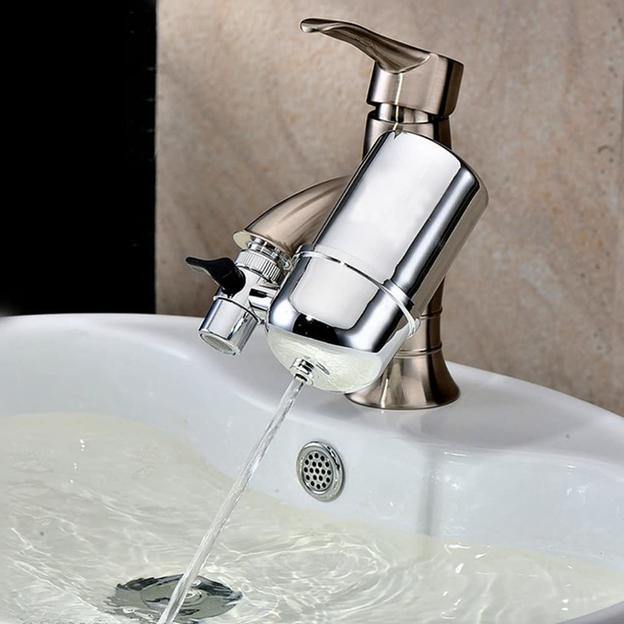
Nonetheless, in the event that there are no NSF certificates, you cannot know without a doubt.
Additionally, less expensive models will quite often break down faster.
Furthermore, assuming that you will pay more, you get extra features.
A few manufacturers even give a lifetime guarantee on their system
But again, let us not forget that there are a couple of other costs associated with a Reverse Osmosis filter, let us talk about them too.
Whole House Reverse Osmosis System Cost:
For a small-sized whole house or a light commercial system, you need to spend around $500.
Assuming you add an environmental tank and a delivery pump or a bladder tank, $1,500 is the starting price.
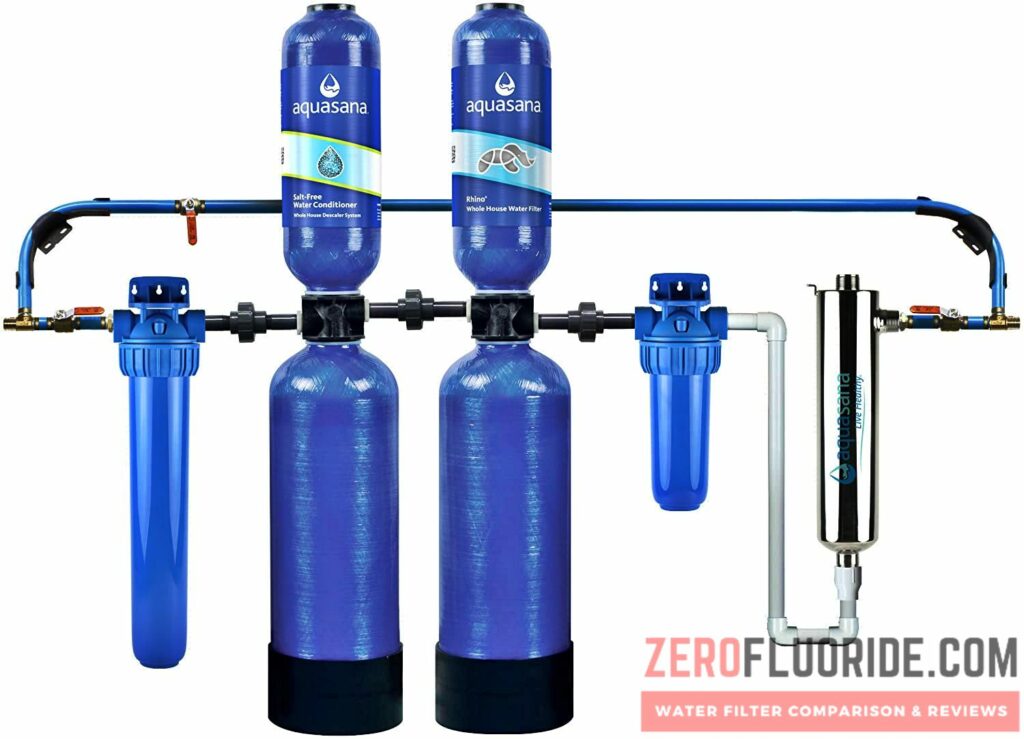
Bigger systems might cost $5,000 or USD 10,000 and upwards, basically relying upon how much water should be refined consistently and how modern the filtration process is.
FYI: You do not find residential whole house Reverse Osmosis systems frequently.
Notwithstanding the filter unit itself, a total solution includes pre and post-treatment (for example discharging carbon filter, water conditioner, calcite filter) and parts for putting away and circulating the purged water.
To wrap things up, you should be cautious when purchasing an evidently very good quality product.
A few accompany useless extravagant accessories that have no advantage by any stretch of the imagination.
Others think twice about significant features just to keep up with their structure and style.
As such, ensure that when you pay for a superior RO system, it really follows through on capacity and performance.
Countertop Reverse Osmosis Filter Price:
The ordinary expense of a countertop Reverse Osmosis filter is $300-$500.
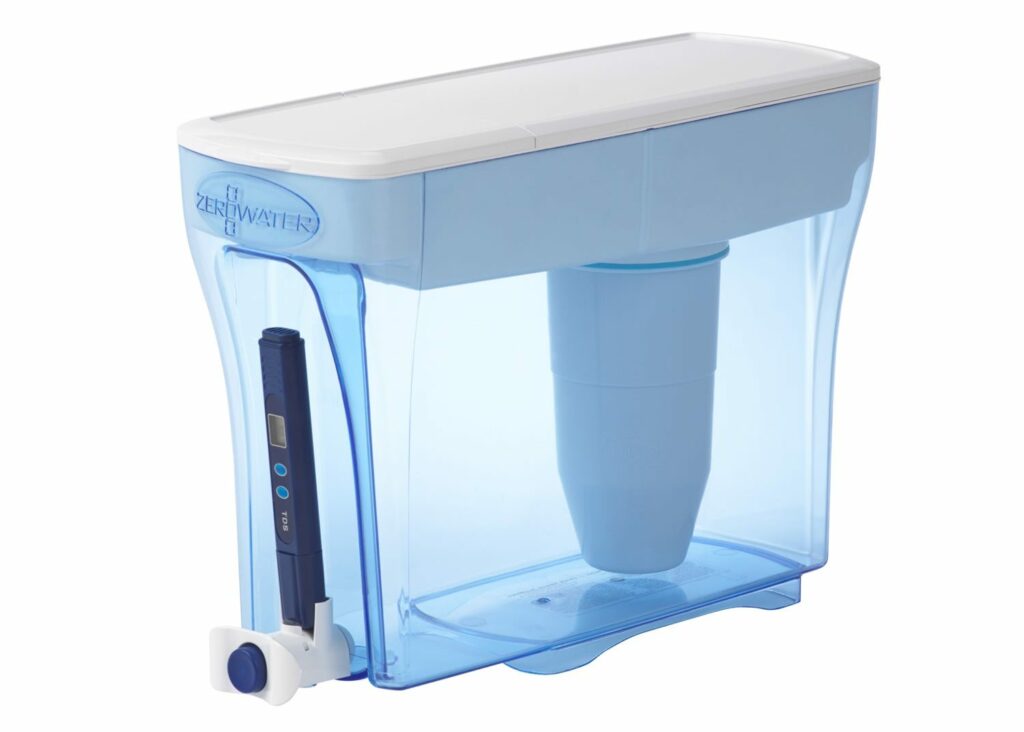
Once more, these systems will quite often be marginally pricier than tank-based Reverse Osmosis systems as they do not come with any installation costs (they can be set up very quickly).
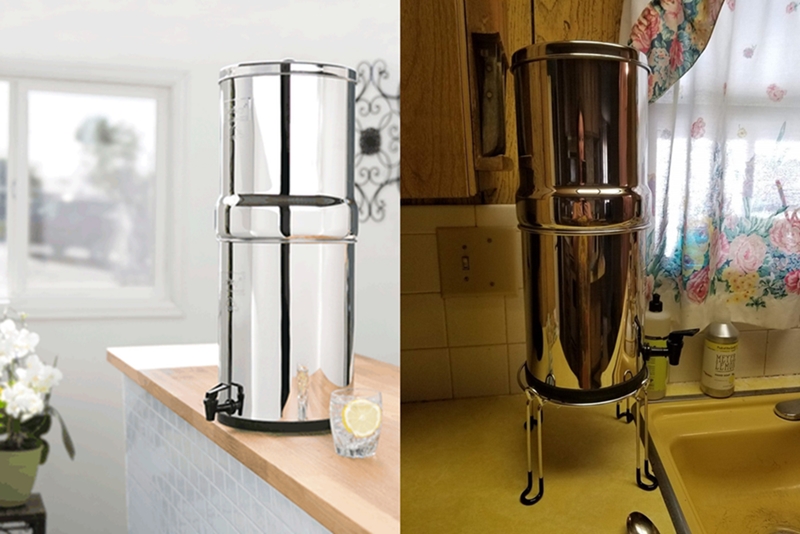
The fact that they do not require connecting up to a waterline is likewise beneficial, particularly assuming you are searching for a more compact choice.
Under Sink Reverse Osmosis Filter Price:
Tankless Reverse Osmosis Filter: Tankless Reverse Osmosis systems will more often than not cost you a bomb.
They often are priced somewhere in the range of $300 to $600.
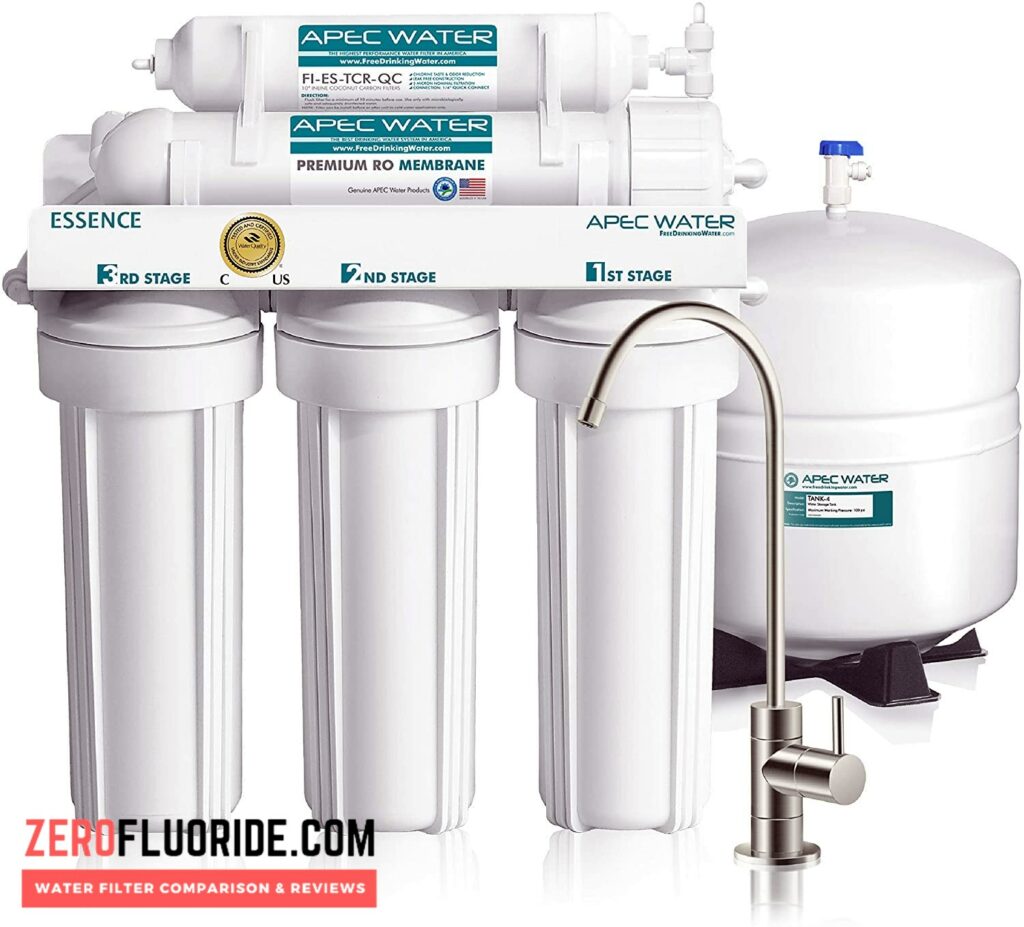
Instead of tank-based systems, you pay for the comfort of getting quick access to clean drinking water from a system that can filter water immediately, which require a few hours to fill the capacity tank with decontaminated water.
Tank Reverse Osmosis Filter: Under-sink reverse osmosis water filters with a capacity tank are the conventional sort of point-of-use RO filter.
An under-sink system costs somewhere in the range of $200 to $600 when it comes to a tank one.
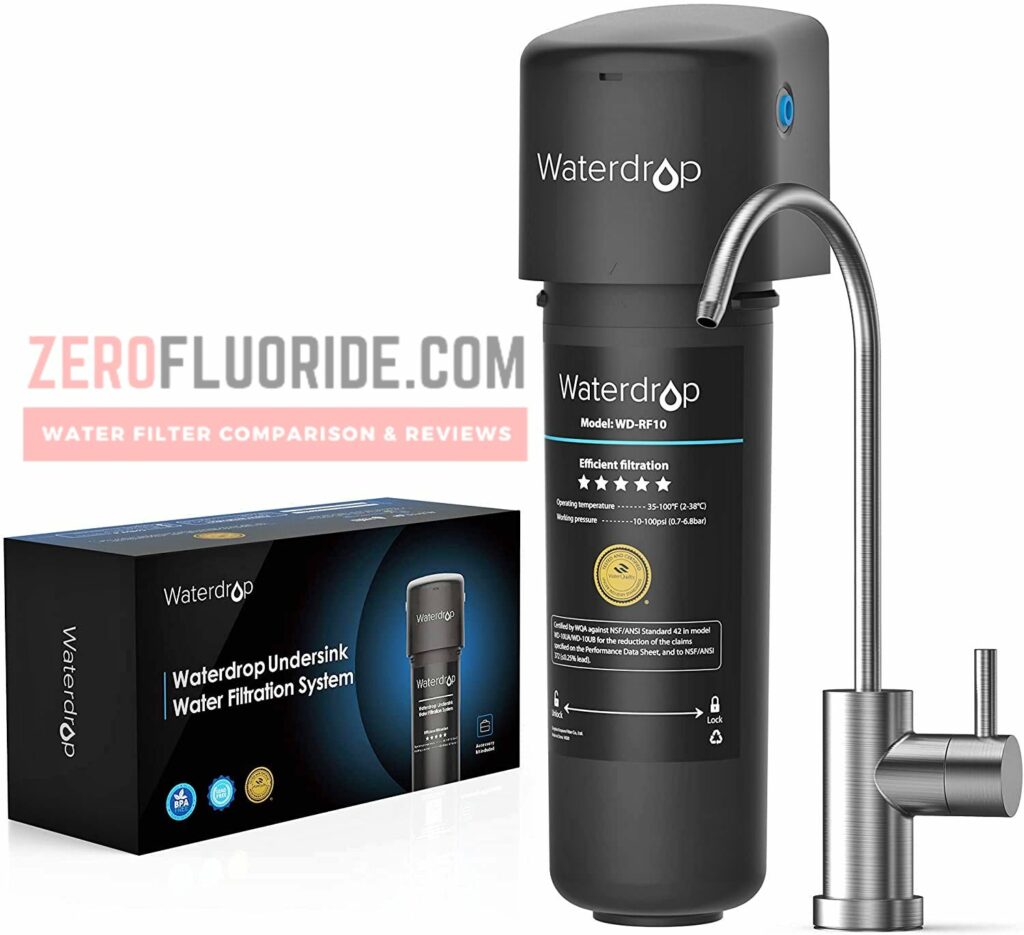
You can find a lot of top-notch systems at the lower end of this price range.
Reverse Osmosis System Maintenance and Operating Costs:
Besides the forthright cost of a reverse osmosis unit, you need to likewise think about the ongoing expenses of running the system.
We have featured the absolute most basic maintenance and working expenses underneath:
Membrane and Filter Replacement:
No water filter keeps going forever, and the same goes with a reverse osmosis system.
The carbon filter, silt filter, post-filter, and reverse osmosis membrane will all require supplanting as indicated by direction in your user manual to guarantee the system can keep going on.
In the event that you do not replace your filters, they will ultimately turn out to be so obstructed with residue that you will encounter issues with your water pressure.
Also, the filters might get so worn that they can’t trap toxins in their media, and that implies your system will not generate your planned outcomes.
Typically, you will have to pay for new water filter cartridges from 6 months to 1 year and another reverse osmosis membrane at regular intervals.
A bunch of three filters will typically cost around $50-$70, contingent upon the brand, and a single membrane will cost somewhere in the range of $30 and $70.
Wastewater Cost:
As we referenced before in this article, there is no keeping away from water waster when using a reverse osmosis water filter.
Fortunately, you will possibly see a huge difference in your water bill assuming that you were using a high-volume application – which is far-fetched thinking that you are simply giving clean water to your family.
Whole-home reverse osmosis systems will waste the most water as they are used the most often.
In any case, you most likely will not see the expense of this wastewater. On the off chance that you will need any case, rather not waste such countless gallons of water, consider purchasing a reusable valve, which can bring your recuperation rates straight up to around 75 per cent.
Power Costs:
Under-sink and whole-home reverse osmosis systems do not use electricity to work, as they use water pressure to send water rapidly through their filtration stages.
Notwithstanding, counter-top water filters do not enjoy the benefit of water pressure and expect power to do a similar job.
All things considered, most systems have a lower wattage than light, so occasional use won’t signal up anything gigantic on your power bill.
Likewise, you will require power if you buy a pressure pump, a water conditioner or a UV light close to a RO system, so make sure to add this to your system cost assuming you intend to buy these additional accessories.
And now, we have come to an end to our guide on Reverse Osmosis Costs. We hope our guide helps you in picking the best one as per your financial plans and other different factors.